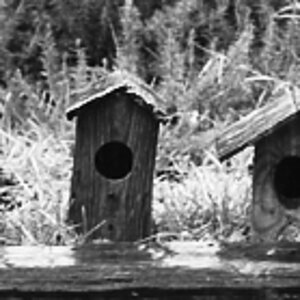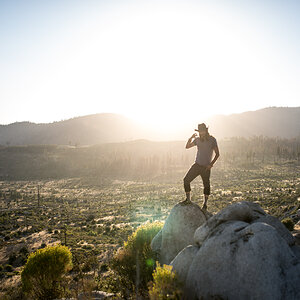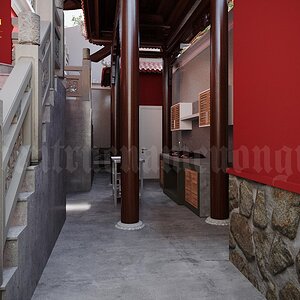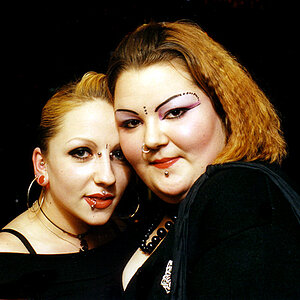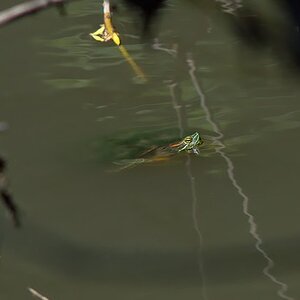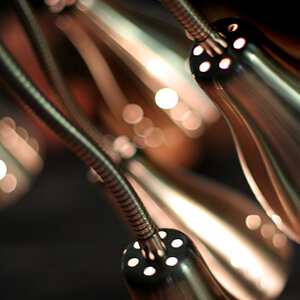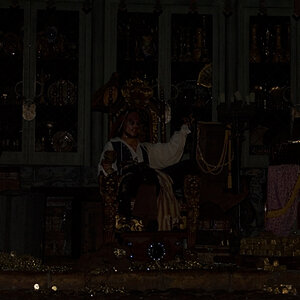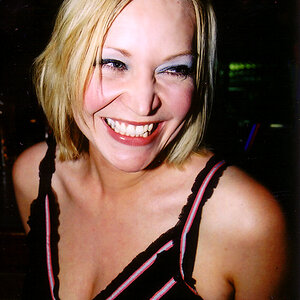ORourkeK
No longer a newbie, moving up!
- Joined
- Dec 30, 2013
- Messages
- 311
- Reaction score
- 101
- Location
- Philadelphia, PA
- Can others edit my Photos
- Photos OK to edit
With my new setup I am doing everything I can to learn and do new jobs. I have taken on a pro bono product photography job and for the life of me I cannot achieve a proper white balance. It doesn't help that a lot of the items I am taking pictures of are off white. I have started using a grey card and I change my white balance in camera to fluorescent since I am using two soft boxes with fluorescent bulbs. This causes the pictures to have a blue hue pre post, and when I use the grey card in post it changes to a slight orange hue. I was having much better success using auto white balance in camera. This is really just a rant to get my frustration out. Time to go read up more on white balance.
1. This is using fluorescent white balance and a grey card. Besides the underexposure, I was pretty happy with it, until I couldn't shake the blue tone.
 IMG_0357 by KC ORourke, on Flickr
IMG_0357 by KC ORourke, on Flickr
2. This is with auto white balance.
 IMG_0316 by KC ORourke, on Flickr
IMG_0316 by KC ORourke, on Flickr
1. This is using fluorescent white balance and a grey card. Besides the underexposure, I was pretty happy with it, until I couldn't shake the blue tone.
 IMG_0357 by KC ORourke, on Flickr
IMG_0357 by KC ORourke, on Flickr2. This is with auto white balance.
 IMG_0316 by KC ORourke, on Flickr
IMG_0316 by KC ORourke, on Flickr

 IMG_0481
IMG_0481 IMG_0481-2
IMG_0481-2 IMG_0483
IMG_0483 IMG_0483-2
IMG_0483-2